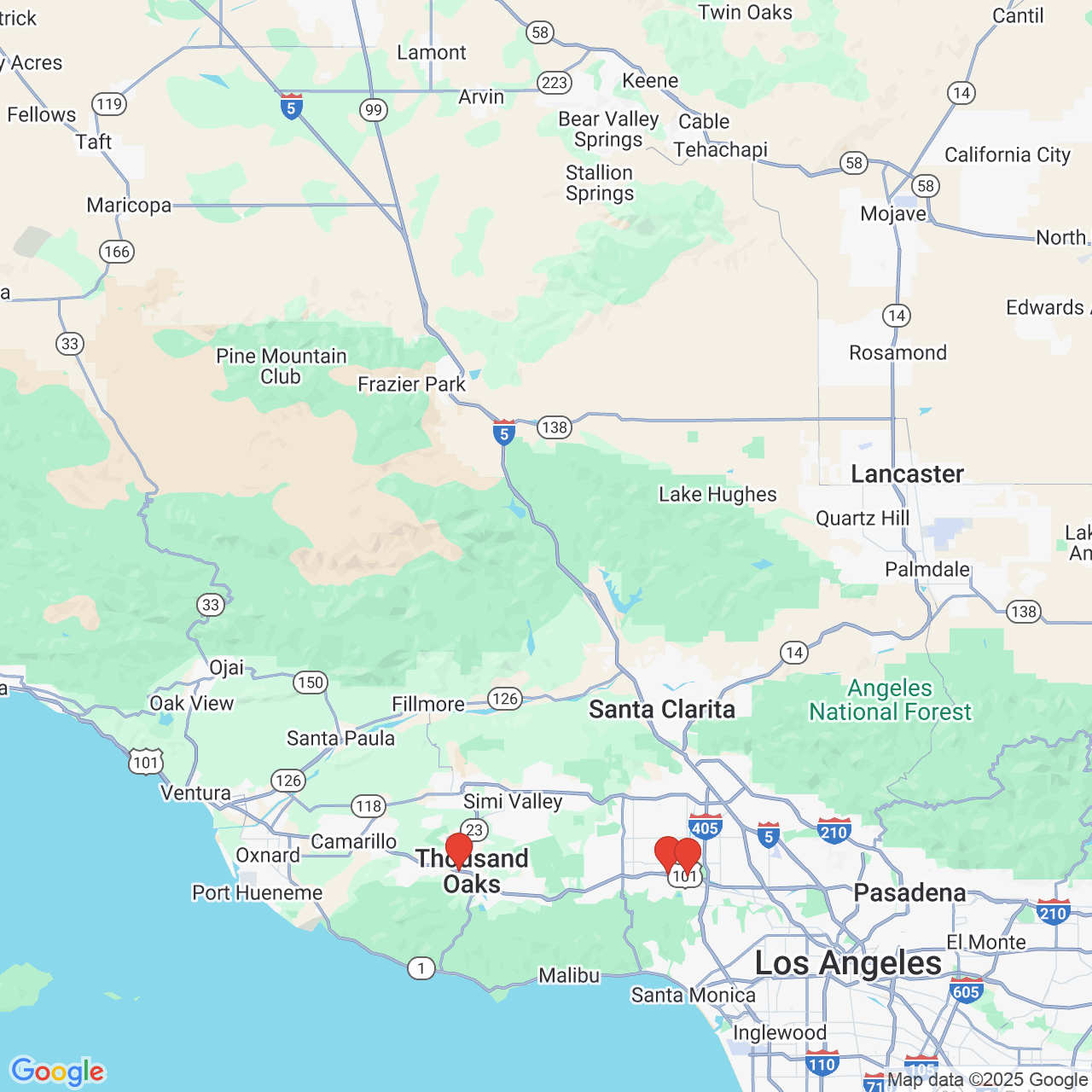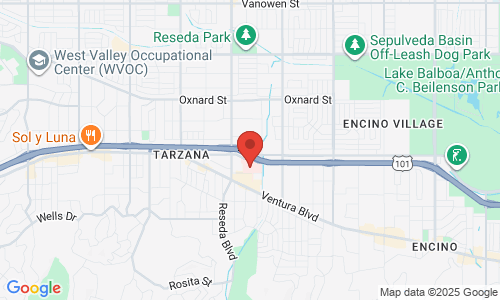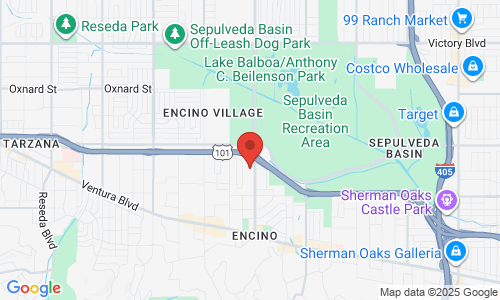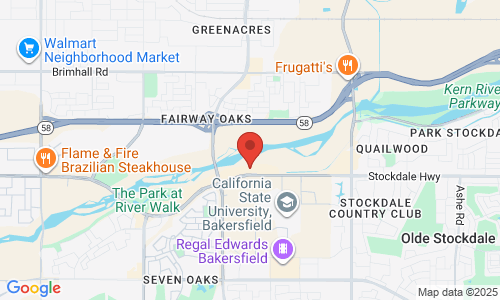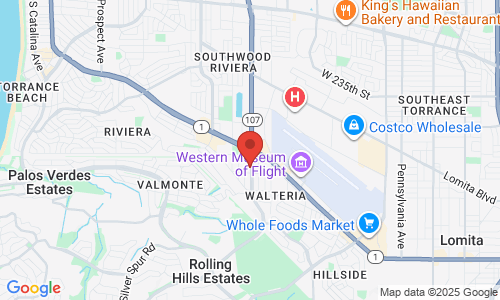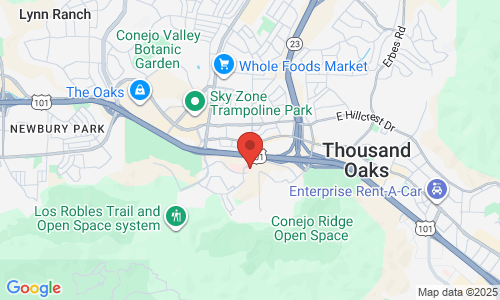How does clomid work?
How does Clomid work?

At our practice, the Center for Fertility and Gynecology in Los Angeles California, we use a wide spectrum of tools and techniques to help our patients conceive. One of those tools is a medication called Clomiphene Citrate, or Clomid for short.
Clomiphene citrate was the original “fertility drug.” It was developed in the 1960’s and at that time represented a breakthrough in the treatment of infertility. Since then, Clomid has been used by millions of women and has helped countless couples to begin or expand their family.
Normal Ovulation
To understand how clomid works, you need to know a little bit about how the body selects and releases (ovulates) an egg (oocyte).
Women are born with all of the eggs that they will ever have for their entire life, about 2-million. From the time a woman is born until the day of her first period, 1.5-million of those 2-million eggs will naturally degenerate in her ovaries. This leaves most women with about 500,000 eggs available for their reproductive lifetime. A woman’s reproductive lifetime usually lasts approximately 500 months (roughly from the time she is 14 to 45 years of age), and each month a woman normally releases 1 egg.
Therefore, if you assume that there are 500,000 eggs available over a 500 month time-frame and each month 1 egg is released, then there should be roughly 1,000 eggs available each month. (this calculation is somewhat inaccurate because we use many more eggs per month in our early reproductive years, and have many less eggs available in our later reproductive years, but for the ease of math, let us assume 1,000 eggs per month). The point of this calculation is that there is a group of eggs available each month of which only one is selected. The eggs which are not selected will degenerate within the ovary.
Egg Selection
The process of selecting that egg begins on the first day of the period when hormones released from the pituitary gland (in the brain) are sent to the ovary to get the eggs growing. Over the next few days, the vast majority of that month’s eggs will degenerate, leaving only a handful of eggs available. These remaining eggs will each develop inside a follicle (a small sack of fluid) within the ovary. As the cycle progresses, the hormones from the brain, FSH (follicle stimulating hormone) and LH (luteinizing hormone), are released in a specific pattern which favors the growth of only one follicle. That one follicle will grow faster than the rest and eventually the smaller follicles will degenerate. Approximately 14 days after the period began, that one (dominant) follicle will rupture and release its egg. This is called ovulation.
How does clomid work?
Clomid works by taking advantage of the communication between the ovary and the brain. Normally, when the dominant follicle is growing, it produces estrogen which travels up to the brain and prevents the brain from releasing more FSH. This is one of the ways the dominant follicle maintains it dominance. When a woman takes clomid, the pill prevents the brain from receiving the estrogen signal. In response the brain thinks that no follicles are growing and therefore, it releases more FSH. The extra FSH helps some of the other follicles to grow. As a result, 2-3 follicles may ovulate as opposed to just one. This multi-follicular development is one of the keys to improving the chance of conception. When it is used with IUI, the chances increase even more. Of course, even in the best circumstances, success rates with clomid are lower than IVF, but it often represents an initial treatment option.
If you have questions about clomid or any other fertility treatment, please feel free to contact us, we would be happy to speak with you.


